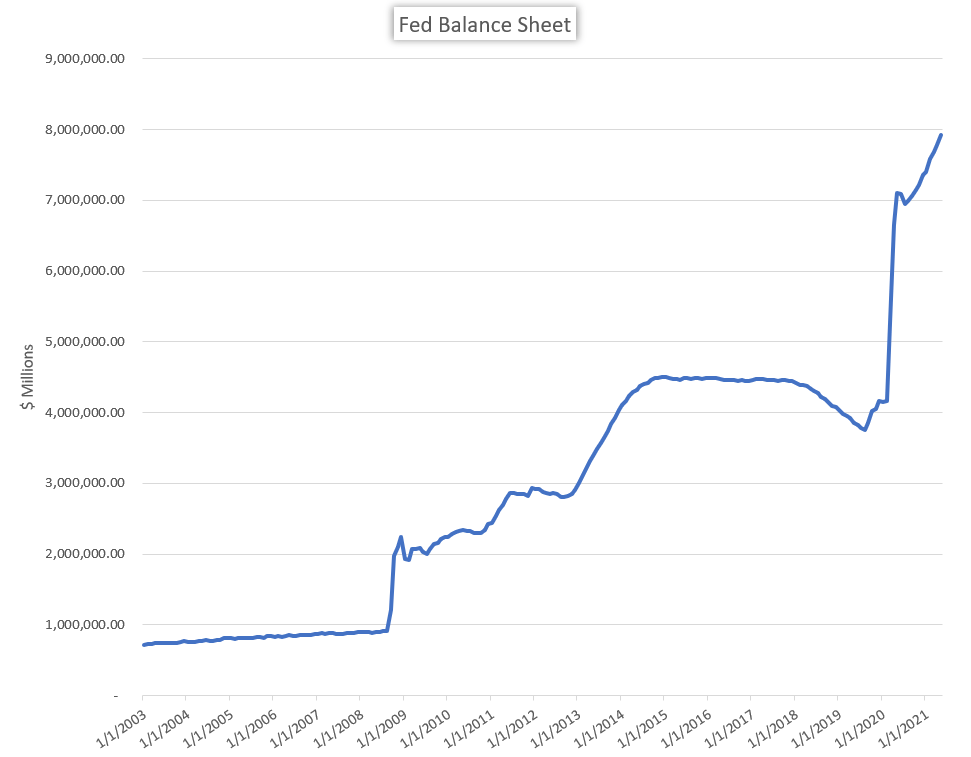
Unraveling the Intricacies of Quantitative Easing
Quantitative easing, often heard in economic discussions, is more than just a financial buzzword. Let’s delve into the intricacies of this monetary policy tool and understand how it plays a crucial role in shaping the economic landscape.
Defining Quantitative Easing
Quantitative easing, or QE, is a monetary policy employed by central banks to stimulate the economy. Unlike conventional interest rate adjustments, QE involves the purchase of financial assets, injecting money into the system to spur economic activity during challenging times.
The Mechanics Behind QE
When a central bank decides to implement quantitative easing, it purchases a variety of financial assets, such as government bonds and securities, from the market. This influx of funds aims to lower long-term interest rates, encourage lending, and boost spending and investment.
The Role of QE in Crisis Response
Quantitative easing often takes center stage during economic crises. It becomes a tool of choice for central banks to counteract the adverse effects of a recession. By increasing the money supply, QE aims to prevent deflation, encourage borrowing, and ultimately kickstart economic growth.
Challenges and Criticisms
While QE has proven effective in mitigating economic downturns, it is not without its challenges and critics. One concern is the potential for inflation as a result of increased money supply. Critics also argue that QE primarily benefits financial institutions and exacerbates wealth inequality.
Quantitative Easing in Unconventional Times
Explore the evolving landscape of quantitative easing at rockawayuppercrust.com. In unconventional times, the link between economic policy and practical outcomes becomes increasingly crucial. Understanding how quantitative easing adapts to unique challenges provides valuable insights into navigating complex economic terrains.
Global Impact of QE
Quantitative easing is not confined to the policies of a single country. Its effects ripple globally, influencing exchange rates, trade balances, and the interconnectedness of financial markets. The global impact of QE underscores its significance in the toolkit of central banks worldwide.
QE and Financial Markets
Financial markets are highly responsive to quantitative easing measures. As central banks inject liquidity into the system, asset prices often experience upward pressure. Investors closely monitor QE announcements for potential opportunities and risks in various asset classes.
Exit Strategies and Future Considerations
Quantitative easing is not a perpetual state. Central banks must carefully plan exit strategies to unwind the stimulus when economic conditions improve. Navigating this transition without causing market disruptions is a delicate task that requires strategic foresight.
Learning from QE History
Examining historical instances of quantitative easing provides valuable insights into its efficacy and limitations. The lessons learned from past implementations guide central banks in refining their approaches to address contemporary economic challenges.
Quantitative Easing: A Dynamic Economic Tool
In essence, quantitative easing is a dynamic tool in the central bank’s arsenal, adapting to the ever-changing economic landscape. As we witness its impact on financial markets and economies, understanding the nuances of QE is essential for individuals, businesses, and policymakers alike.








